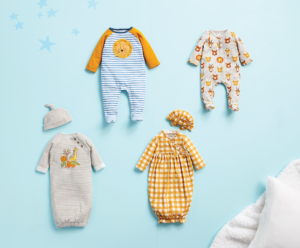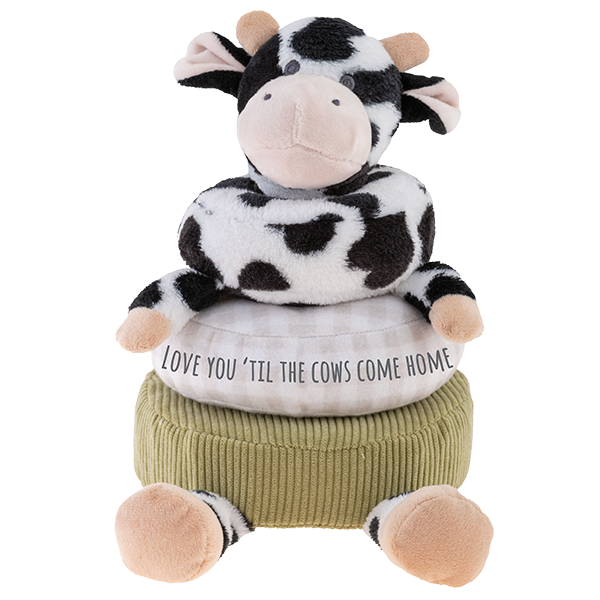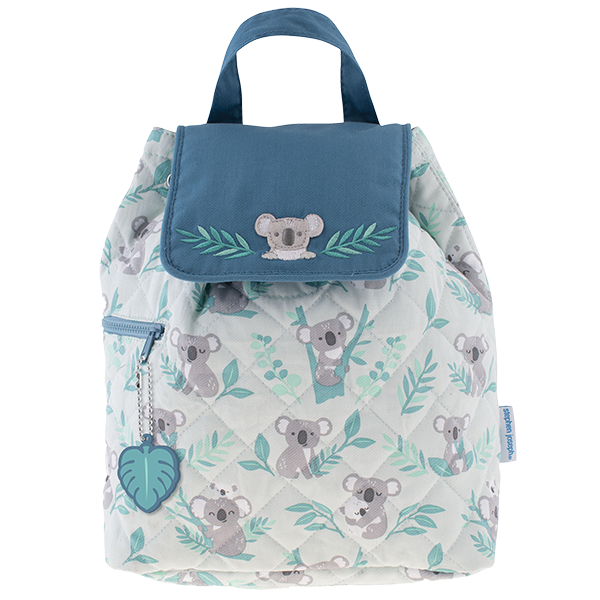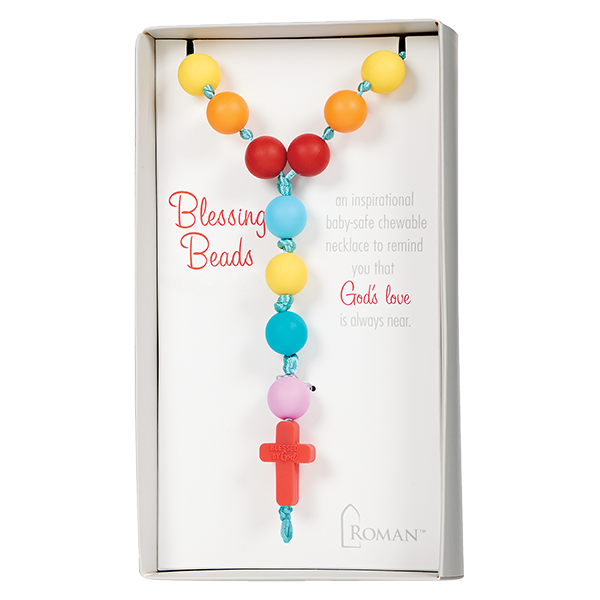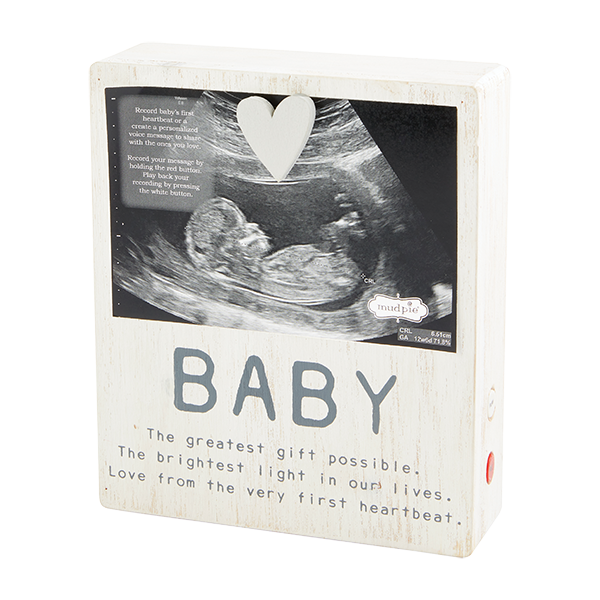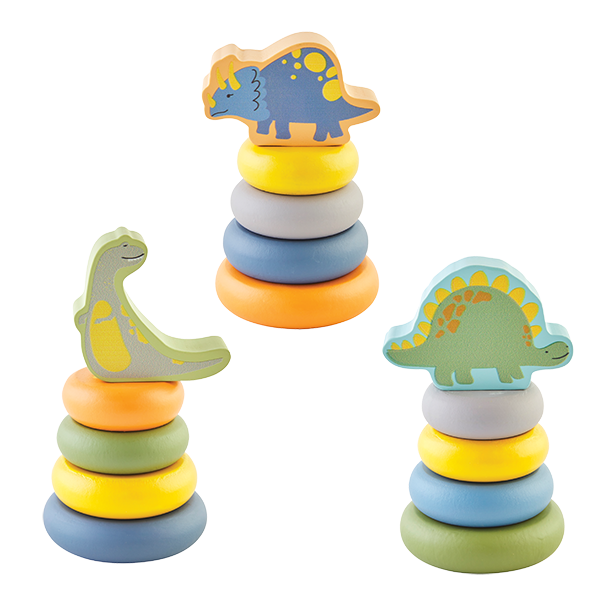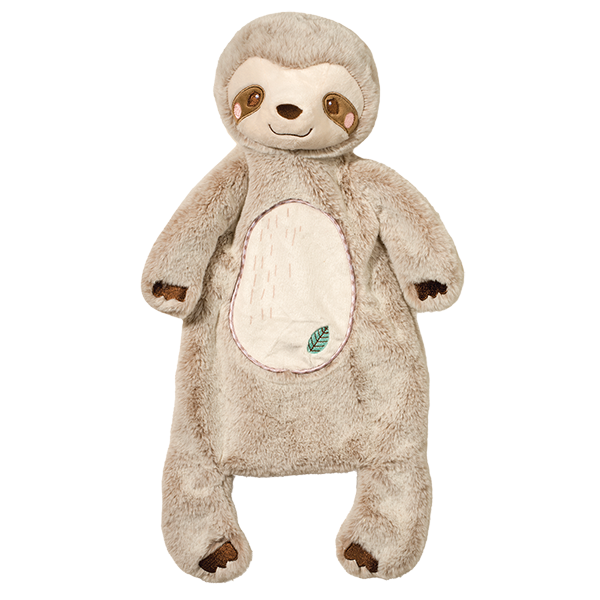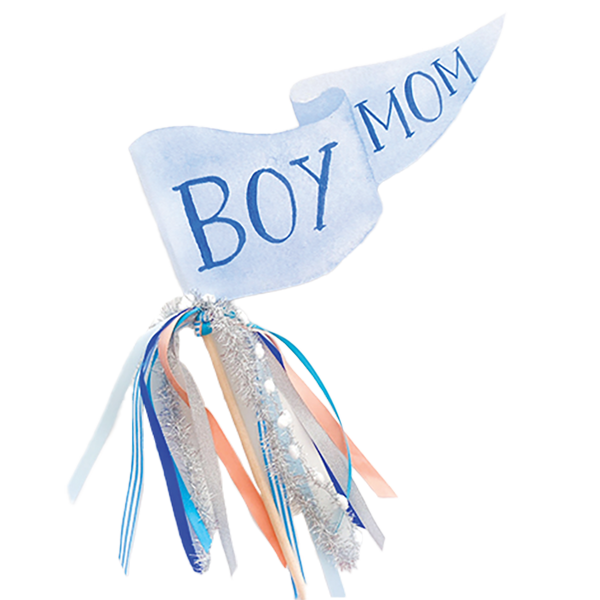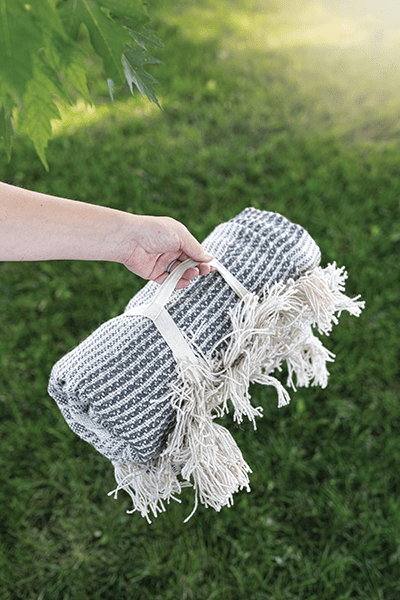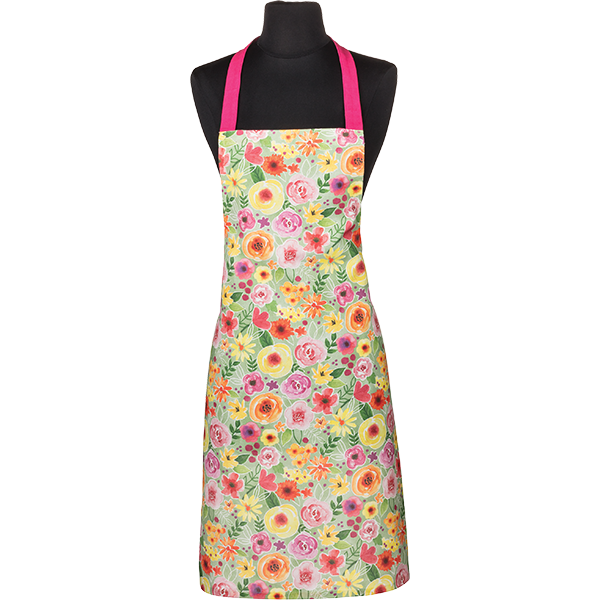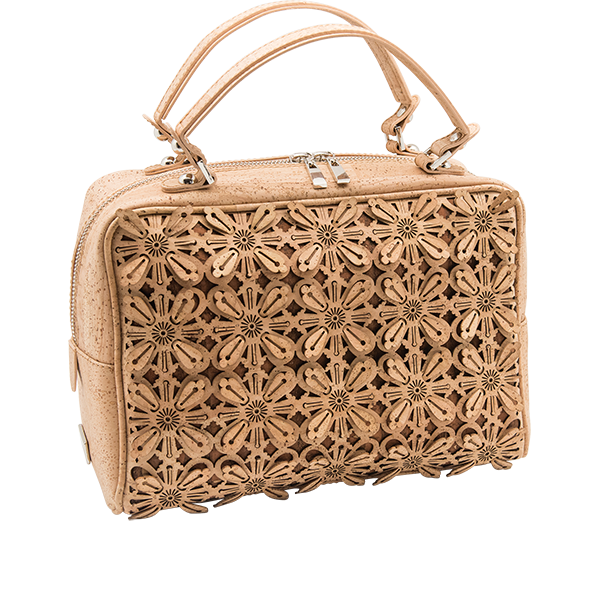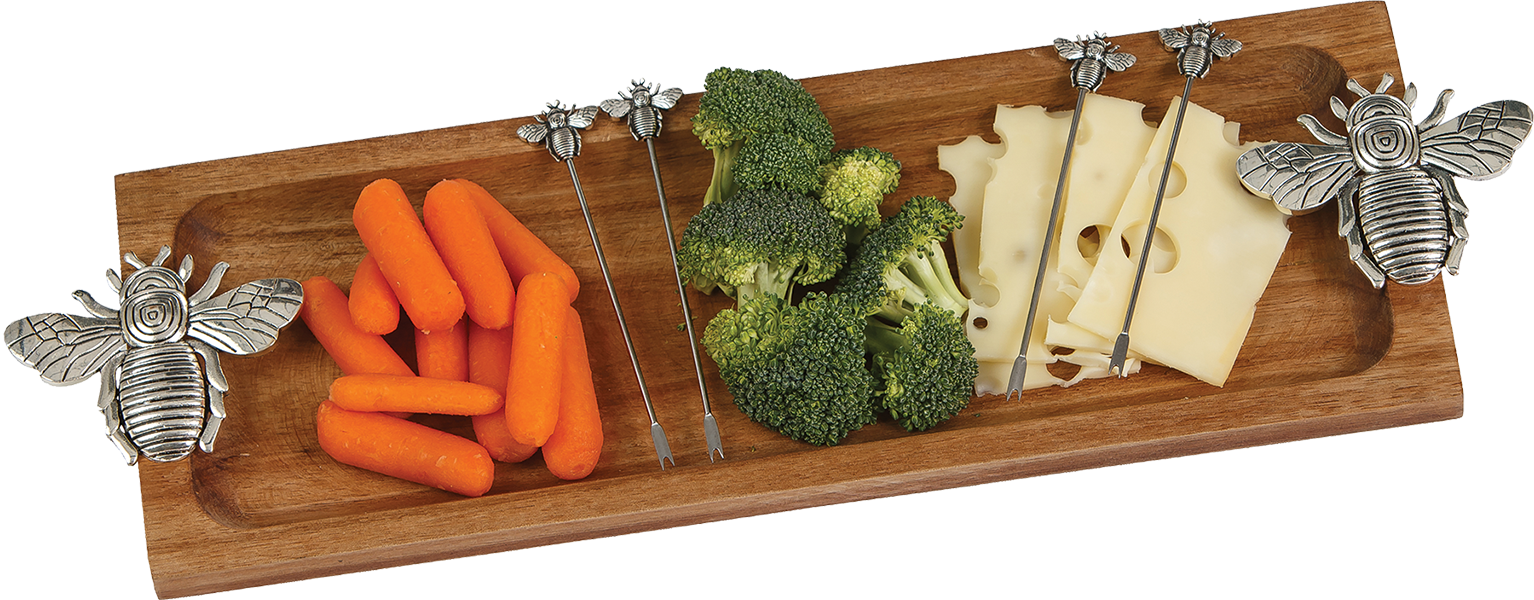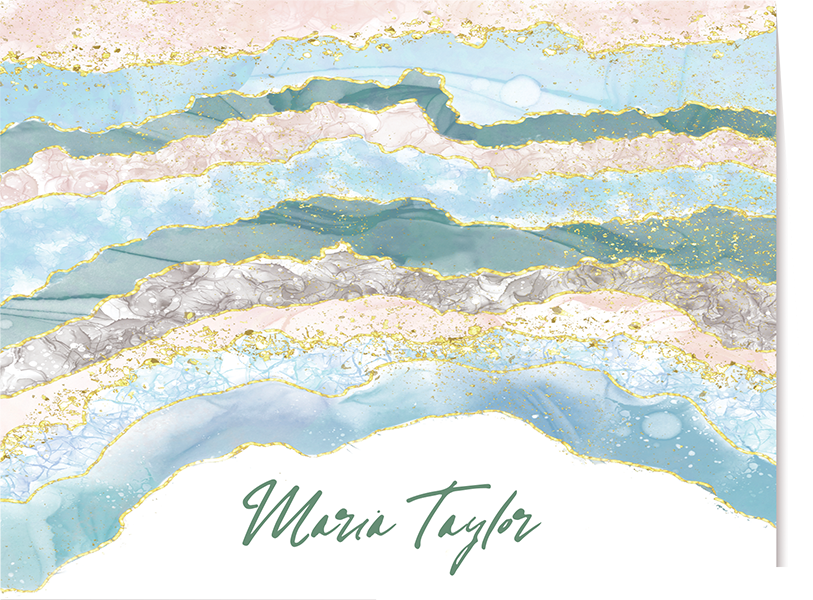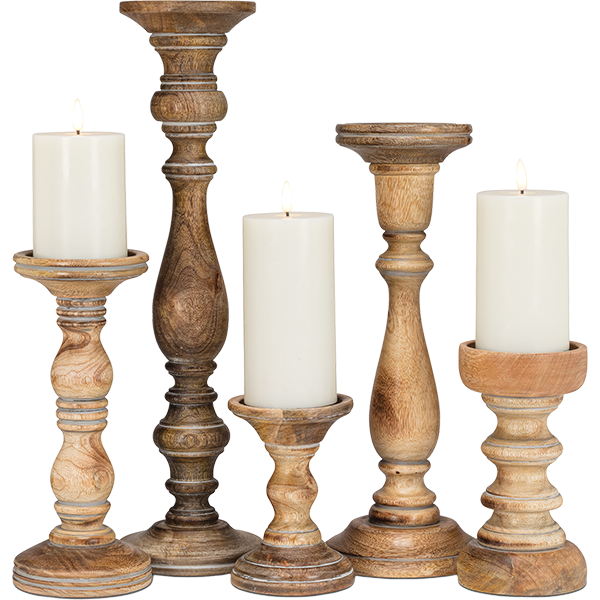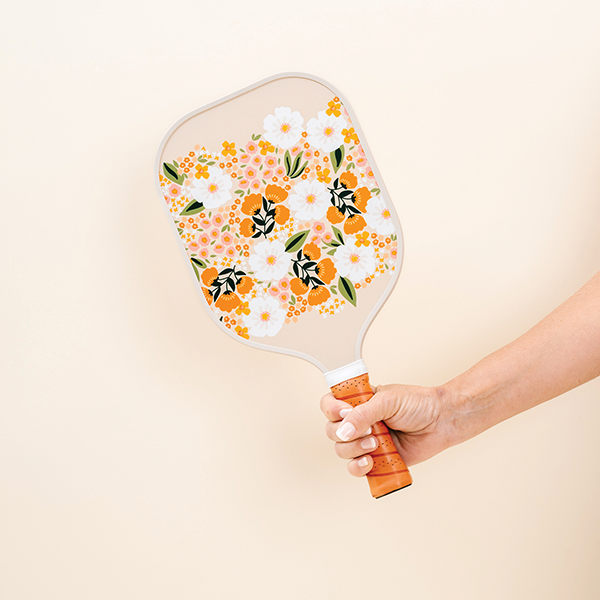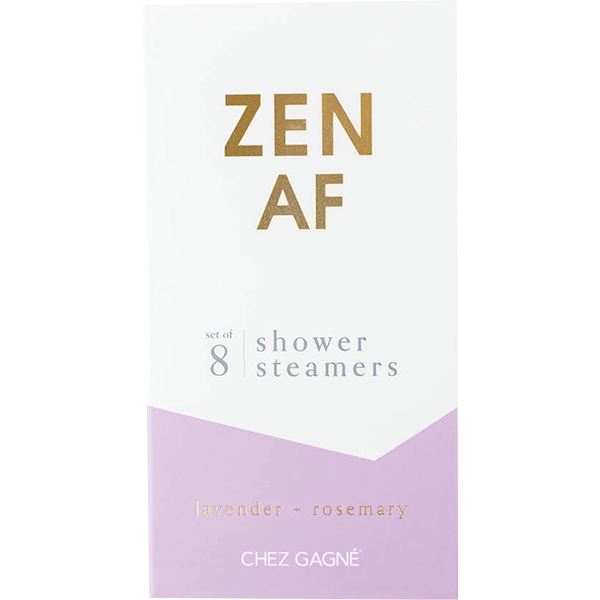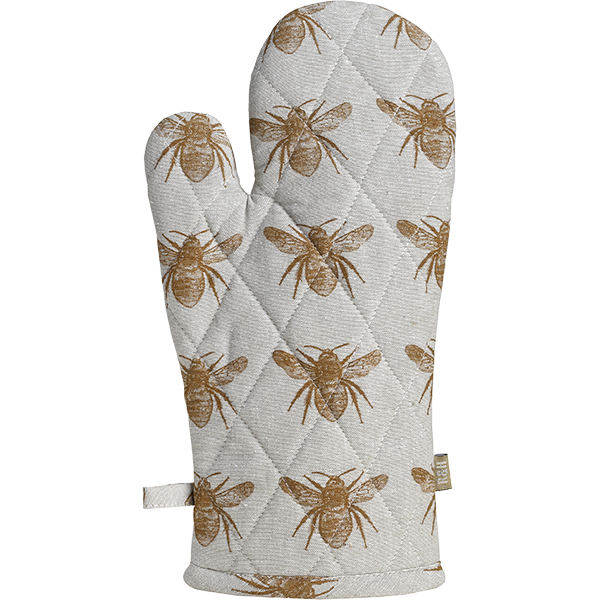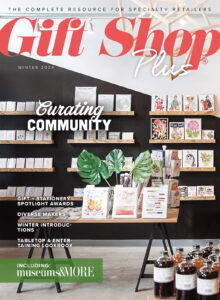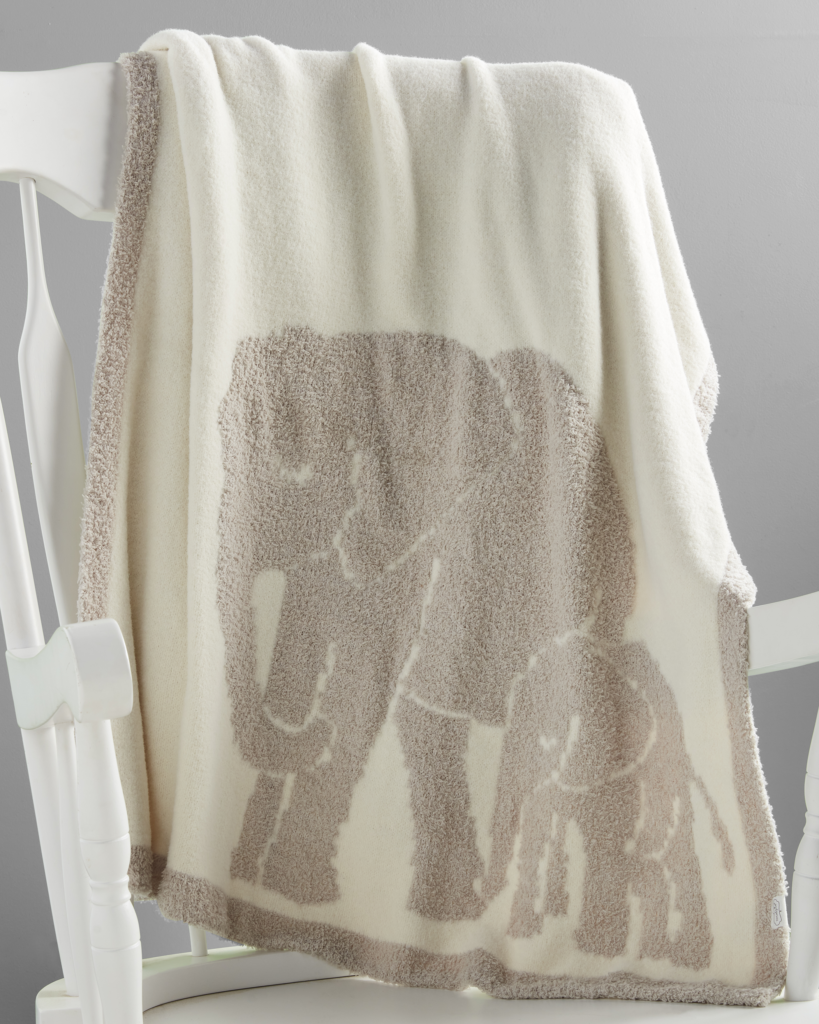
Special Delivery
Everyone enjoys celebrating the arrival of a baby. Long before the bundle of joy is due, family and friends have usually already started purchasing clothes, toys and other specialty gifts.
After the darkness and isolation of the COVID-19 pandemic, many people are eager to gather at showers to celebrate these joyful occasions. According to C&A — a retailer with 1,300 stores in 17 countries — the name “baby shower” comes from the concept of showering expectant moms with gifts and love. Baby showers originated during America’s baby boom in the 1950s. Over the years, there have certainly been some changes.
THE MODERN SHOWER
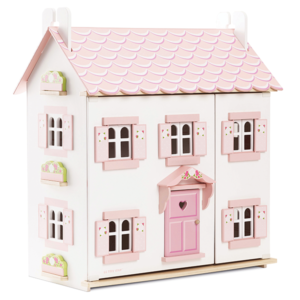
At traditional showers, parents receive an abundance of tiny clothes because they’re adorable and fun to gift. Unfortunately, expectant parents often receive more items than the baby can possibly use.
Lauren Brekke, vice president of merchandise at wholesaler Mud Pie, advises gift givers to think outside the box.
“Gift something cute and useful for later. The same goes for toys. Toy categories are often overlooked for showers, but they’re fantastic gifting options. Put together a basket filled with toys that are appropriate for different stages of growth and development such as wooden toys, plush books and learning sets,” said Brekke.
Cami Monet Miller, artist, owner and creative director of retailer & wholesaler, Cami Monet, shared her thoughts on today’s showers.
“Modern baby showers have abandoned the traditional ‘game-gift-go’ structure. We’re seeing the parents’ personalities really shine through. When it comes to showers, more is more,” said Miller.
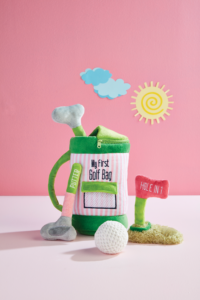
Unexpected party details such as signature drinks, Insta-worthy layered tablescapes and festive backdrops for baby bump photos are musts.
Another twist — couples showers. These often include a larger group of friends and extended family. “Games and activities are popular at these celebrations and often have some sort of competition element such as diaper changing races,” said Mud Pie’s Brekke.
She also believes that including family in today’s celebrations makes them all the more special. Brekke suggests showering grandparents with sweet keepsakes such as recordable picture frames and books — even handprint items that will serve as memory-makers.
GIFT IDEAS
Tara Rubino, associate vice president of sales, Douglas Company, said that parents are seeking toys that offer an emotional connection. Its Sshlumpies are part toy, part blanket. The result: a comforting friend for babies to hug and love. Available in more than 15 styles, the suggested retail is $23.
Quilted backpacks are in demand at Stephen Joseph Gifts. Available in 12 all-over print designs, these colorful items can be personalized. The suggested retail is $30.
Other popular gifts include high-contrast items such as black and white toys. “These are great for early stage brain development. However, we’re also seeing very traditional gifts such as layettes, sleepers, muslin swaddles, baby blankets, bibs, and socks,” said Brekke.
Gift givers generally spend between $50 and $100 for shower gifts and another $35 to $75 when the baby arrives. When going to meet the baby, people often bring token items such as baby blankets or books.
DESIGN MINDED
Hosting a shower should be fun. That’s why Cami Monet simplifies the process for party hosts. Its disposable, instant party Placemat Pads are an affordable way to layer in textures and color on table decor. Acrylic stir sticks, especially the company’s Rainbow Butterfly Set, are an easy way to add a splash of color. The drink stir sticks can also be used to distinguish guests’ drinks from one another. “It’s a unique party favor that won’t get tossed. They put the ‘fun’ in functional,” said Miller.
Other festive design ideas for party décor or photo sessions are the “Boy Mom” and “Girl Mom” party pennants. “I love using them as a surprising finishing touch to the gift wrap or I pop them into floral centerpieces,” said Miller. Keeping the gender a surprise? Go for the “Mama Party” pennant or “Oh Happy Day.”
RESOURCES FOR RETAILERS
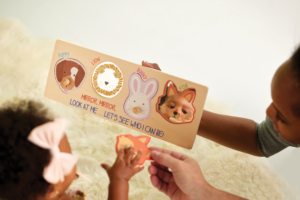
Brekke mentioned that the BabyList platform is a very underutilized resource. For those who are unfamiliar, BabyList helps expecting parents get exactly what they need for their baby through a registry that allows users to add products from any website. According to the company, more than half of first-time parents have a registry on Babylist, and more than 8 million people make purchase decisions on their vertical marketplace each year.
“As long as retailers have an e-commerce platform, registrants have the ability to add products to their BabyList. These can then be purchased directly through the retailer’s website,” said Brekke.
Retailers can let local shoppers know about this registry resource by highlighting the service via social media, email marketing, direct mailers, and of course, in-store. “Make it clear that registrants can support local businesses by adding products to their registries,” concluded Brekke.
It’s a win for the manufacturer, retailer and baby.
